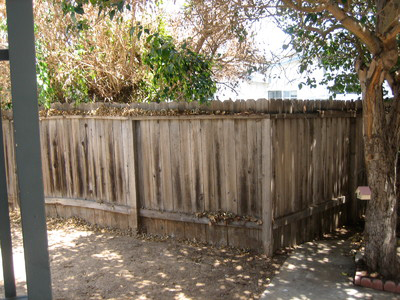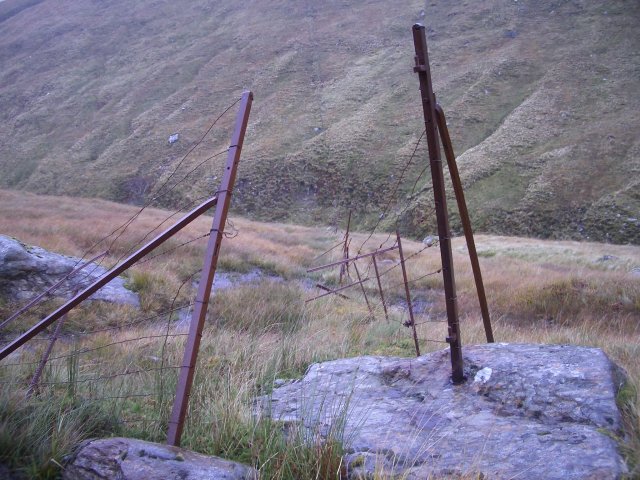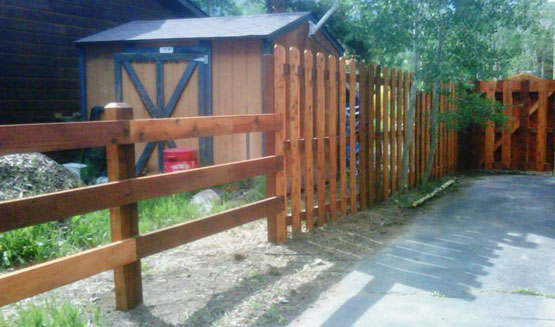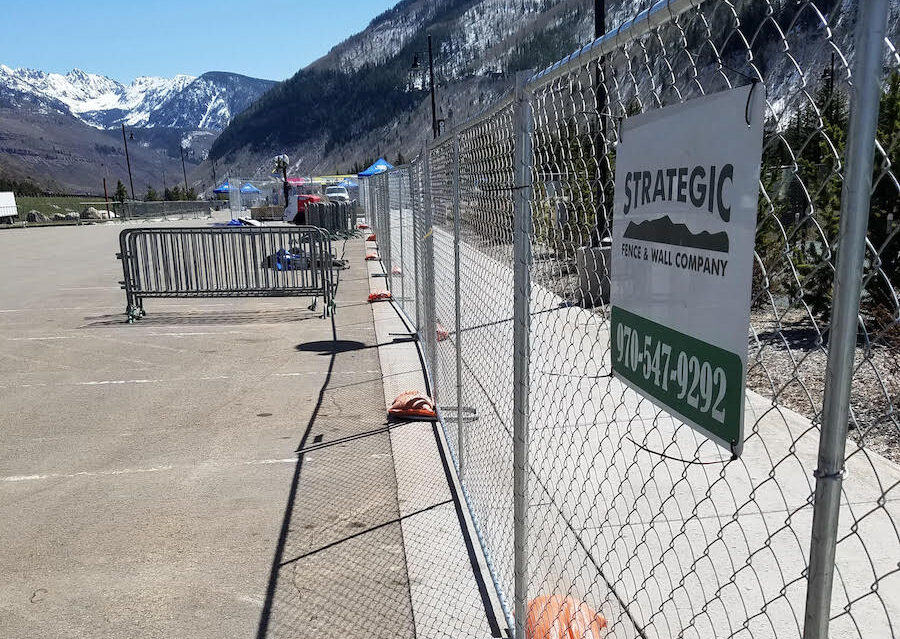The 3 Fencing Service Mistakes You Should Never Make
As the sun goes down sooner, and the days get shorter, lots of property owners are considering putting up a new fence around part of a property, either for beautification, to keep in pets, or just to get a little privacy. When it comes to adding fencing that you’re really going to get a lot of use out of, good planning goes a long way.
Here are three of the big fencing service mistakes that can leave you with some serious problems after a fencing project is done. Look out for these pitfalls when planning your next fence project.

Following the Dollar
Unfortunately, choosing a company for a fencing project isn’t the same as buying a sweater or a pair of shoes at the store. You can’t just go on price — if you do, you’re likely to run into some of the bigger issues that can affect what you get out of a fence in the long run.
Going with the bottom-dollar approach can leave you with fences that are unsightly, poorly put together, and even dangerous. Improper installation of inferior materials can take a lot of longevity away from your fence, and could leave residents or visitors exposed to sharp edges or other hazardous situations. For more on this, take a look at this Home Guide on the dangers of fencing that is in poor condition.
One of the best examples is anchoring. There’s nothing worse than a poorly anchored fence — parts of the fence start to slope, and posts may even pop out of the ground. You don’t get the functionality or the look that you wanted, and the whole thing can really disintegrate over time.
However, it costs money to put that extra work into anchoring posts, pouring concrete underground and making sure that the fence has the structural integrity that it needs. So it’s best not to simply go with the cheapest approach, but ask the right questions about how the fence will be anchored and installed, to make sure that it’s really done right. Look at the depth and width of concrete pillars or other installations meant to ensure that fence posts stay in place for the long term.
It’s also a good idea to ask questions about the products and materials that can be used to make the fence. Whether it’s wood, wire, metal or composite, you can benefit from selecting high-quality materials that will stand the tests of time. You can also learn more about how the fence will work: for example, are you getting rigidly welded metal mesh that will stay solidly in place, or woven metal mesh that is more flexible, but more likely to “go out of shape” under pressure? Or if it’s wood – how will the horizontal and vertical boards connect to provide a sturdy exterior? These kinds of questions are central to understanding what the finished fence is going to look like and how it will be used, how much pressure you can out on it, and how you will need to maintain it over time.
Trusting an Unknown Contractor
If you do a little background research on your fencing contractor, nobody’s going to accuse you of having trust issues.

It’s just not a good practice to simply choose any company, and trust their work because they have a truck with their name on it. A proper fencing contractor should be licensed, insured and bonded. These three qualifications ensure that the contractors are properly registered with the state and that they have the safeguards in place to deliver a fully finished project down the road, one that is up to industry standards.
You can also ask the contractor to show you examples of past projects, or you can get references. Doing this research helps you to make sure that the fencing service has actual experience putting up fences, and that you’re not just hiring a random handyman to do a very specialized job.
When you do the research on contractors, you’re less likely to end up with lots of delays, problems with installation, or other kinds of serious hassles that can leave you tearing your hair out as you wait for the finished product.
Putting a Fence Up ‘Anywhere’

Choosing an arbitrary line for your fence can also cause you enormous problems — so it’s very important to really evaluate where the fence goes. Before the first post is put in place, you need to know where the property boundaries are.
It’s amazing how many times somebody builds a fence on someone else’s property, only to have to take it down later. You also need to look at local zoning requirements — many local communities have actual rules about where fences can be, as well as other little details that you might not think about, such as how high the fence can be, what color the fence can be, and what materials the fence can be made out of.
A lot of these zoning requirements are made on the basis of public health and safety, but some of them are also decisions made in order to provide consistent aesthetics for a neighborhood. Some of them can seem downright random, but if you run afoul of them, you’ll realize that the local government has the power to enforce them anyway. So check your local government books before you go forward with a fencing project. Learn more about laws on fence placement, fence design and more at Findlaw.
Here’s one last thing regarding fence placement — you always need to check to figure out where underground utilities are, to make sure that those who are digging don’t run into water lines, electric lines or cabling, or anything else. Your contractor may assist you in this, but it’s always a good idea to keep it in mind. The better a property owner understands his or her own property, the easier it is to enter into contracts with specialized shops and get great results.
Make sure to avoid these three big fencing mistakes, and you’ll be on your way to getting a fully finished product you can enjoy without any unanticipated problems.

